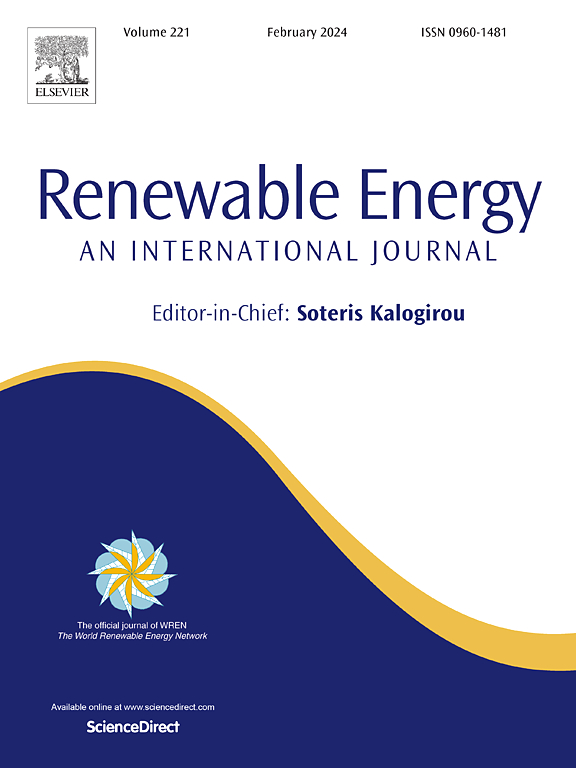2D/2D ReS2/CdS nanosheets-on-nanoribbon heterostructure for highly efficient H2 evolution under visible light irradiation
IF 9
1区 工程技术
Q1 ENERGY & FUELS
引用次数: 0
Abstract
Solar-driven water splitting is a promising renewable method for producing green H2. However, its efficiency remains insufficient for practical applications due to significant charge recombination. To address this issue, strategies involving morphology modulation and heterostructure construction were employed to synthesize a novel 2D/2D ReS2/CdS nanosheets-on-nanoribbon heterostructure. In this structure, the CdS nanoribbon, characterized by a wide and short charge transfer path and high crystallization, was first fabricated using a mild solvothermal approach, demonstrating potential to retard bulk charge recombination. Additionally, the well-defined heterostructure, promoting charge transfer and separation across interface, significantly inhibits surface charge recombination. As a result, the ReS2/CdS heterostructure exhibits a state-of-the-art H2 generation rate of 150.1 mmol g−1 h−1 which is ca. 115.5 times higher than pristine CdS far exceeding other similar catalytic systems and most CdS-noble metal photocatalysts. Combing two strategies to suppress charge recombination in this manuscript provides new insights into the development of low cost but high-performance catalysts for renewable energy generation.
二维/二维ReS2/CdS纳米片-纳米带异质结构在可见光下高效析氢
太阳能驱动的水分解是一种很有前途的生产绿色H2的可再生方法。然而,由于大量电荷的重组,其效率仍然不足以用于实际应用。为了解决这一问题,采用形态学调制和异质结构构建策略合成了一种新型的2D/2D ReS2/CdS纳米片-纳米带异质结构。在这种结构中,CdS纳米带具有宽而短的电荷转移路径和高结晶性,首次使用温和的溶剂热方法制备,显示出延缓体电荷复合的潜力。此外,良好定义的异质结构促进了电荷在界面上的转移和分离,显著抑制了表面电荷的重组。结果表明,ReS2/CdS异质结构的H2生成速率为150.1 mmol g−1 h−1,是原始CdS的115.5倍,远远超过了其他类似的催化体系和大多数CdS-贵金属光催化剂。本文结合两种抑制电荷重组的策略,为开发低成本、高性能的可再生能源发电催化剂提供了新的见解。
本文章由计算机程序翻译,如有差异,请以英文原文为准。
求助全文
约1分钟内获得全文
求助全文
来源期刊

Renewable Energy
工程技术-能源与燃料
CiteScore
18.40
自引率
9.20%
发文量
1955
审稿时长
6.6 months
期刊介绍:
Renewable Energy journal is dedicated to advancing knowledge and disseminating insights on various topics and technologies within renewable energy systems and components. Our mission is to support researchers, engineers, economists, manufacturers, NGOs, associations, and societies in staying updated on new developments in their respective fields and applying alternative energy solutions to current practices.
As an international, multidisciplinary journal in renewable energy engineering and research, we strive to be a premier peer-reviewed platform and a trusted source of original research and reviews in the field of renewable energy. Join us in our endeavor to drive innovation and progress in sustainable energy solutions.
 求助内容:
求助内容: 应助结果提醒方式:
应助结果提醒方式:


